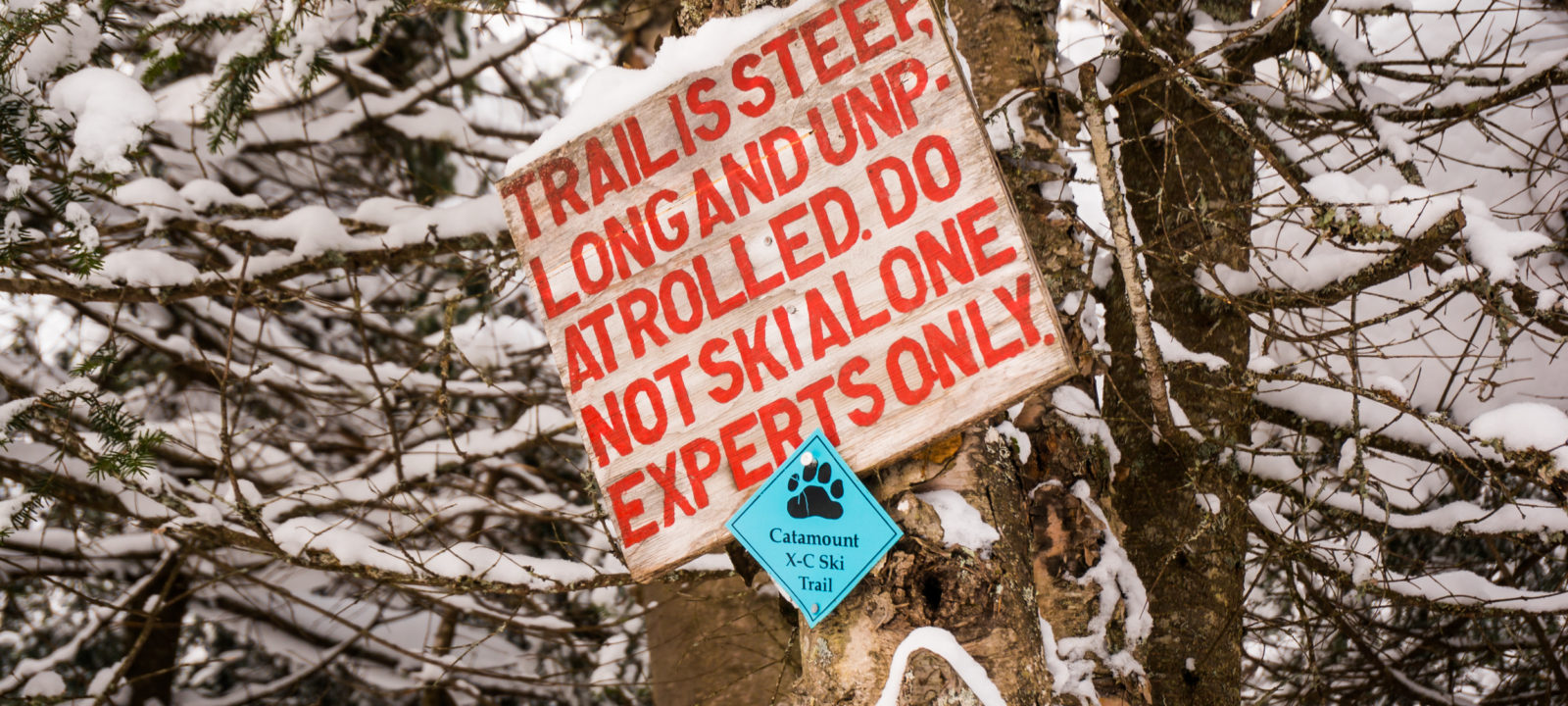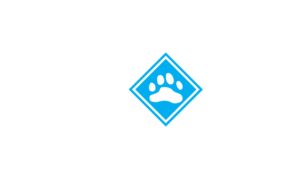Important Safety Tips for Skiers
- Unless you plan to ski a portion of the CT that utilizes patrolled ski touring center trails, never ski alone
- Always tell someone where you are going and when you expect to return
- Use equipment designed for the backcountry
- Eat Before You’re Hungry, Drink Before You’re Thirsty
- Bring a map of the area you are skiing, and a compass (and know how to use it!) Do not rely exclusively on your GPS or smartphone, as reception can fail and batteries can die
- Be prepared for emergencies
- Avoid cotton clothing
- Before you go, familiarize yourself with any possible exit points. If your group has an extra car, it’s a good idea to leave one at a midway exit point in case some skiers want to stop early
- Be aware of weather conditions and the time of day. The weather changes quickly in the mountains. It also gets cold and dark very early
- Apply good judgment
- Be willing to turn back if circumstances call for abandoning a tour
- Bring a first aid kit
- Pack extra clothes, food and other aids to ward off hypothermia in case of emergency
Other Safety Considerations
Your Skiing Environment
The Catamount Trail is a backcountry ski trail, and often travels in remote locations far from any roads. Every effort has been made to keep the Trail well marked and free of hazards. However, conditions change throughout the winter. An ice storm can bring trees down; a sudden thaw can wash out a bridge. In addition, snow conditions can effect the difficulty of a trail section dramatically. A trail section that is an intermediate ski in fresh powder can be much more challenging if that powder turns to ice or breakable crust.
Weather
Be prepared for all types of weather. Listen to a detailed, local weather forecast before heading out. Take plenty of warm clothes and always dress in layers. You may be warm and comfortable in the morning, but have the wind pick up and the temperature drop 20 degrees by the afternoon. Avoid cotton clothing. Carry a functioning headlamp and extra batteries in case your outing takes longer than expected.
Food & Water
You should expect to eat and drink almost twice as much while skiing as you normally do, so prepare accordingly. Protect water bottles from freezing, and consider bringing a thermos with hot tea or cocoa. Even if you don’t eat all your food, someone else may be forever grateful for that extra brownie that got him/her down the last mile of trail.
Equipment
Choose equipment and clothing that is appropriate for your outing. Portions of the CT that follow groomed touring center trails or snowmobile trails can be comfortably skied with typical non-metal-edged nordic skis and boots. Most other sections are best skied with wider, metal-edged, backcountry skis. You should also have boots, bindings, and poles designed for backcountry terrain. For long, steep climbs or descents you will probably want climbing skins.
Ski & Pole Repair
An easy, fun tour can turn into an ordeal when your equipment fails. Be sure your equipment is in good working order before you start your tour. Bring tools and materials to make repairs on your skis, bindings, and poles.
Ski In Control
Skiers must always ski in control and take personal responsibility for having a safe and enjoyable experience on the trail.
Blazes
Blazes are sometimes pilfered, sometimes obliterated by blowing snow, or sometimes attached to a tree that fell in the last storm. If you travel for some distance without seeing blue CTA blazes and are unsure of where to go, immediately backtrack to the last blaze seen and begin your search from there. (Keep in mind that on sections where the Trail follows snowmobile corridors, few if any CT blazes may be found). Pay close attention to the CTA blazes, directional arrows, and the route descriptions when entering fields, clear cuts, log landings, and golf courses as it is easy to ski into the middle of one of these open areas and miss the proper exit point.
Snowmobiles
Parts of the CT follow snowmobile trails, and this is possible due to the generosity of the Vermont Association of Snow Travelers (VAST) and their local snowmobile clubs. Safety is a primary concern on these shared stretches of trail. Snowmobilers cannot hear, and frequently cannot see, skiers and snowshoers before they come upon them. When skiing these shared stretches stay alert and be prepared to step off the trail at any time to allow snowmobiles to pass. Ski single file and to the side of the snowmobile trail. Keep dogs leashed. Step off the trail to wax skies, adjust gear, or to have a snack. Snowmobile activity is much greater on weekends than on weekdays so you may want to time your tours accordingly.
On some routes shared by VAST and the CTA you will not find CT blazes. This is at the request of the local snowmobile club. These “un-blazed” portions of the CT are identified in the route descriptions so you may want to carry a printout of the section description with you for reference. Remember that VAST corridor trails are indicated by green signs and arrows. VAST secondary and side trails are indicated by orange signs and arrows.
The CTA is actively scouting alternate routes in order to reduce or eliminate the amount of trail shared with snowmobiles. If you are aware of good alternatives to a shared stretch of trail, or would like to help scout an alternative route, please contact the CTA staff.










